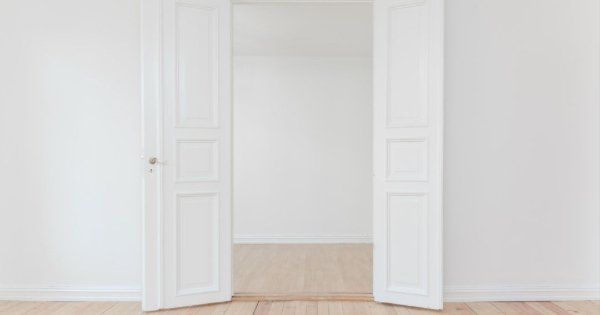5 Facts About Drywall and Drywall Services

Share:
Search:
Recent Posts

Search:
Recent Posts
TESTIMONIALS
Read What Our Clients Are Saying
Flores Drywall & Painting actually installed all the drywall in my new little house and then Sealed and Painted the exposed wood ceilings and primed all the walls. They did a beautiful job and were so kind and careful with my property. They even worked with my weird busy schedule and still got things done in a very timely manor! I can happily recommend them - and I will use them again.
Happy Client
Some of the best texture matching and wall/ceiling repair I've seen. I had them patch up some walls after a whole house plumbing re-pipe made some drywall repair necessary. They did a great job and I had them come back a couple years later to do a large ceiling repair job and a whole lot of painting. They did amazing work! Very much appreciated. Very professional and courteous as well.
Happy Client
Mario and his team did an excellent job painting the entire interior of our house and actually finished ahead of schedule! My only complaint would be that the two times we were scheduled to meet in person (once to start and once for final review) they were late an hour each time. I would give 4.5 stars if I could, but they really did a fantastic job.
Happy Client
Absolutely amazing work. They fixed my drywall ceiling and repainted. The texture and color came out precisely as the builders had it. I couldn't believe it. On top of that, they were quick and the price beat every other quotes I received. I highly recommend them!
Happy Client
Arrived early and provided exceptional Professional service. Staff was friendly and knowledgeable. Repaired drywall ceiling water damage in upstairs bathroom. Did a wonderful job at a reasonable price. Ceiling looks brand new! Will definitely use them again.
Happy Client
What a good experience. The whole Flores Drywall & Painting Incteam was professional,a pleasure to work with and did a commendable job as they painted my whole first floor of my home that I just moved into. I would definitely recommend them to anyone.
Happy Client
These guys did a great job. On time great work and went above and beyond cleaning and putting everything back in place. Awesome work and will use them again for any painting needs. Would give 6 stars if it was possible
Happy Client
I had some work done in the outside and inside of my house. Luis came to give me an estimate and was able to do the work that same week. They were very clean, professional, kind and they knew what they were doing. When people care, you can definitely see it through their work. Thank you and would definitely recommend.
Happy Client
The Flores Company goes above and beyond to make your dreams become a reality. The employees are well mannered. The Company Answer every question I had. Thank You Hoping to get the rooms painted soon. Then Do another Review so far I'm Excited to do Business.
Happy Client
Being a warehouse manager for the Flores company is an opportunity to grow. Thankful for Flores Company for hiring me. It's an Amazing place to work. The Flores Drywall & Paint will go above and beyond for their customers and employees. We get the job Done.
Happy Client

Contact Details
Flores Drywall & Painting
Office: 281-815-3064
Bus Mobile: 713-283-8133
cbfloresdrywallpainting@gmail.com
18702 Keith Harrow Blvd Houston, TX 77084
Our Services
QUICK LINKS
All Rights Reserved | Flores Drywall & Painting | Website created by: True Digital Marketing